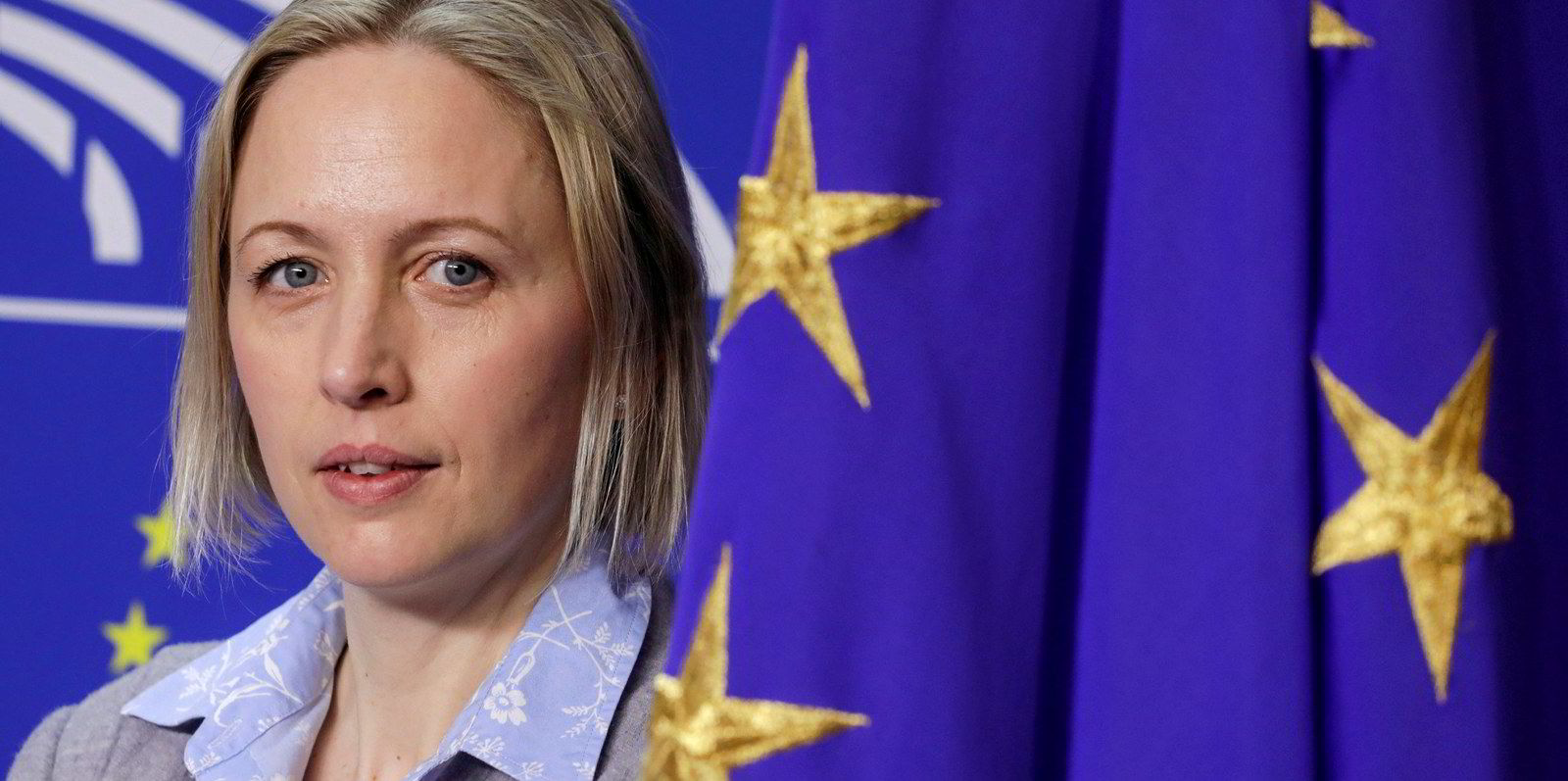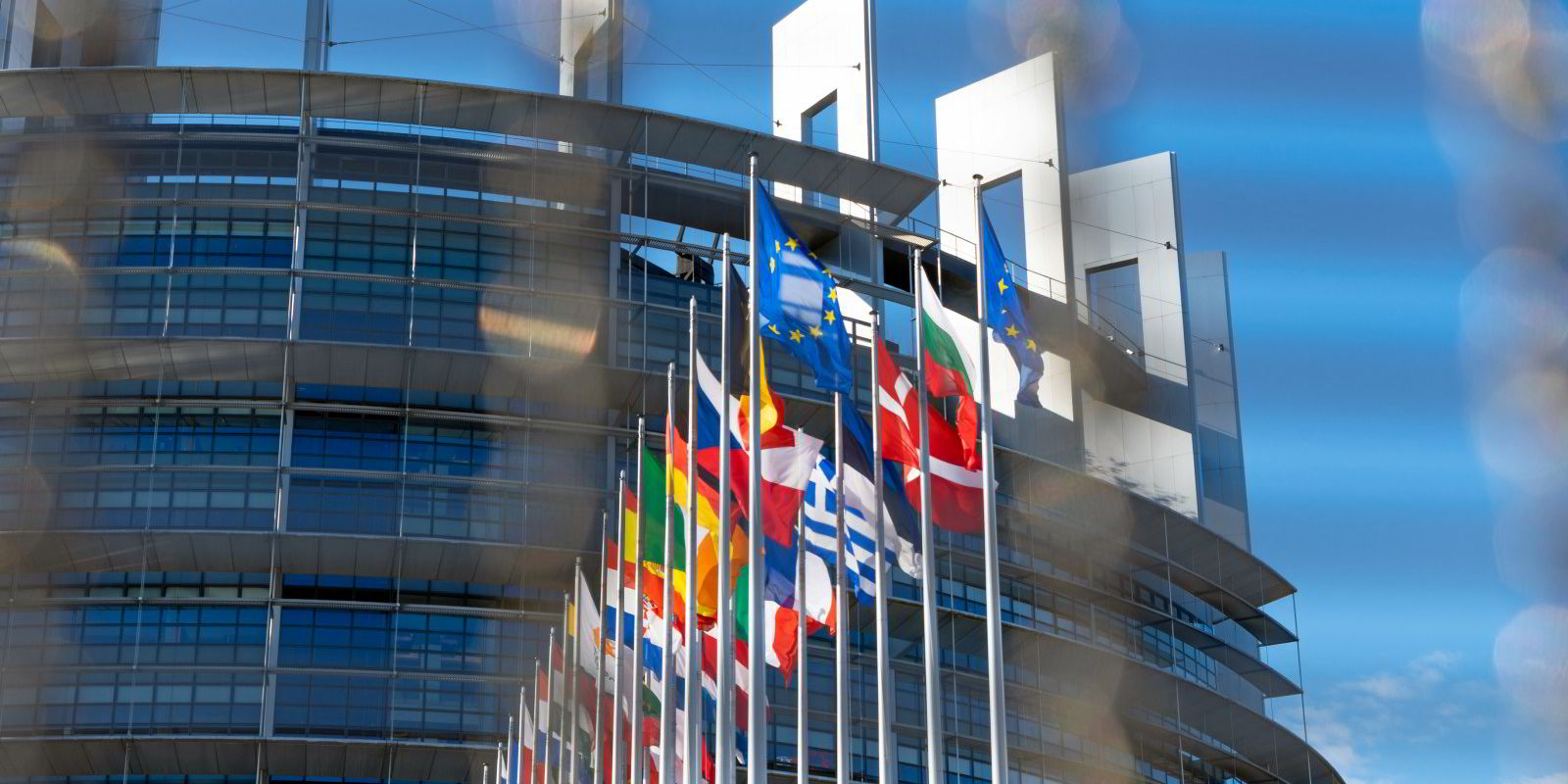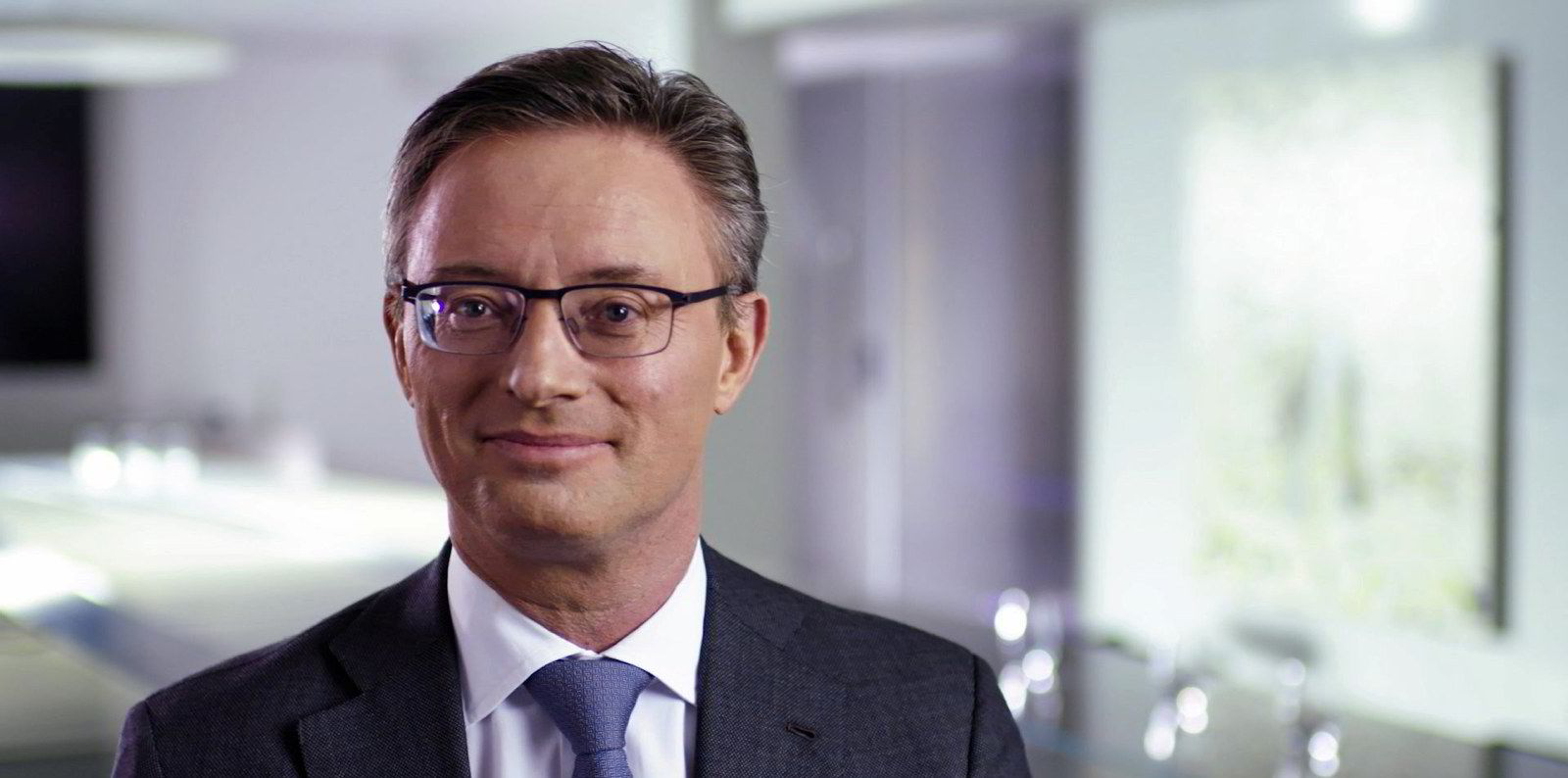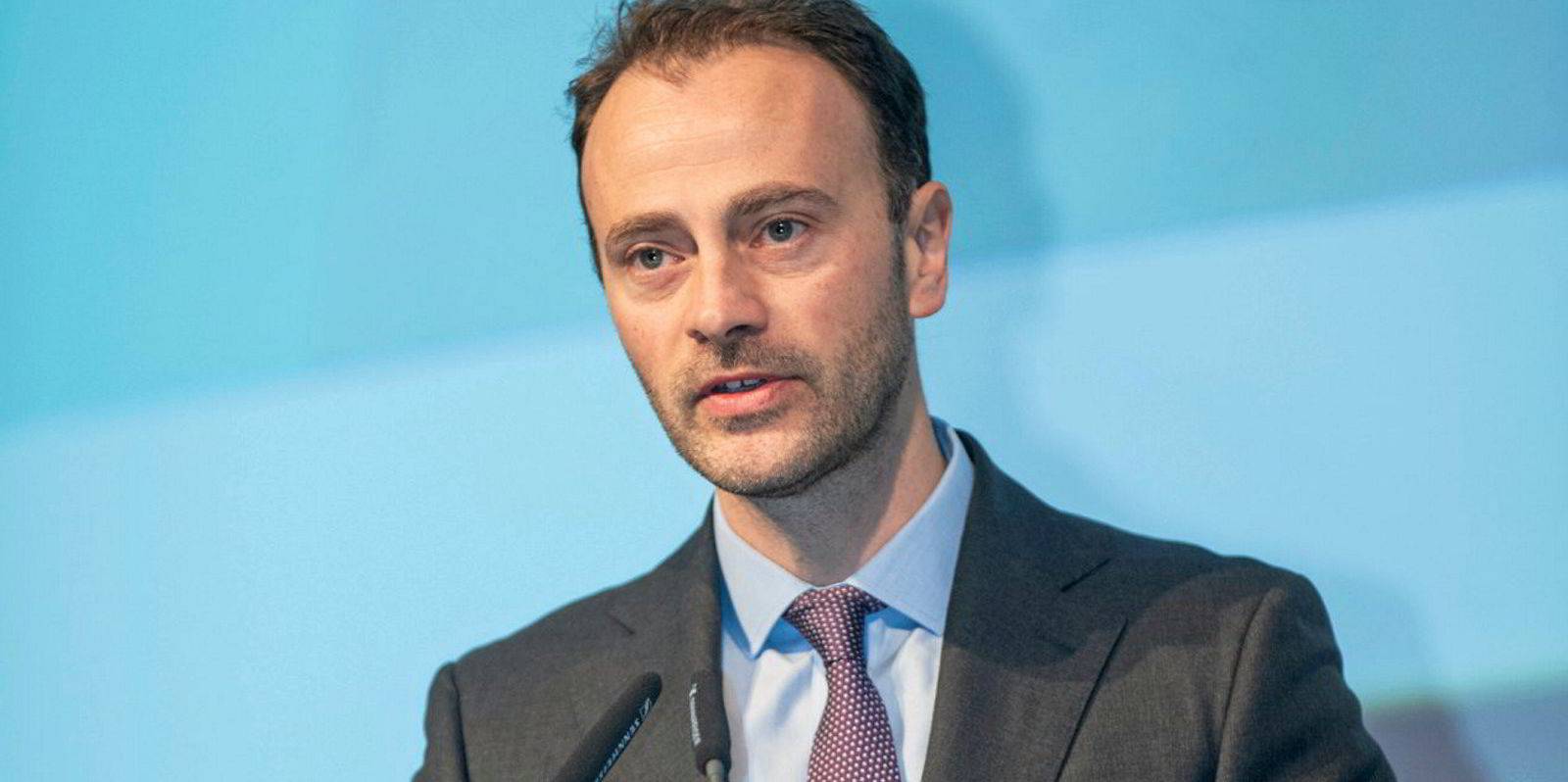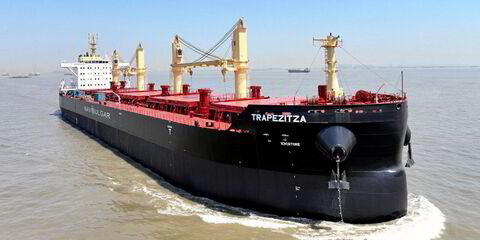A low price for carbon could lead to the European Union's Emissions Trading System (EU ETS) incentivising LNG as a fuel and cause methane emissions that would eliminate its benefits, consultants warn.
A new report by consultancy UMAS for green group Environmental Defense Fund Europe (EDF Europe), Harnessing the EU ETS to Reduce International Shipping Emissions, said its low effective carbon price could incentivise the uptake of LNG-propelled ships.
"The ETS’ exemption of methane emissions exacerbates the preferential treatment of LNG-propelled ships which emit methane but have lower carbon emissions relative to HSFO [high sulphur fuel oil] ships and therefore are only marginally better at best than HSFO ships," the report argued.
This would create resistance to a transition to zero-emission fuel technologies because of the sunk investment costs in LNG assets, it added.
In a follow up webinar, Sophie Parker, principal consultant at UMAS and lead author of the report, said the ETS would be cost effective in the short term, but potentially expensive for the environment and shipping industry in the longer term.
"This could create a situation of carbon lock-in," she said, "with political resistance due to the fear of these assets becoming stranded."
Similar outcomes have been seen in other sectors such as the electricity generation industry, Parker added.
Another UMAS principal consultant, Aly Shaw, said that as it will take several years before the prospect of a global carbon price through the International Maritime Organization was realistic, the EU ETS could provide a learning tool while helping to start to cut emissions.
"There is value in regional, and even national action," Shaw said as "in the interim we have an opportunity to watch the ETS develop and feed the lessons learned from this system, its pricing, its design, into the IMO process".
It could help the IMO, whose members have said they lack experience to develop a carbon price, she added, and add to pressure to eventually set up a global mechanism that does not distort trade.
Parker said other reforms of the EU ETS should include consideration of the use of sector-specific caps on emissions rather than the current overall 'hard cap'.
The EU ETS has an overall emissions cap that applies to all industries in it combined rather than on individual sectors in order to cut emissions at a linear rate consistent with the EU’s climate targets.
"Implementing a sectoral cap on shipping emissions could support in-sector decarbonisation more directly," UMAS said, also urging that revenues be used directly to stimulate investments in zero emission fuels for shipping.
Shaw added that revenue usage would also be key to efforts in equitably sharing out funds for dealing with climate change — especially for developing states outside of the EU.
"The EU ETS revenues are being generated in part from global trade, but then they are going into a central EU fund without the capacity to contribute to the global transition in an equitable way," she said, which could reduce wider political buy-in.
